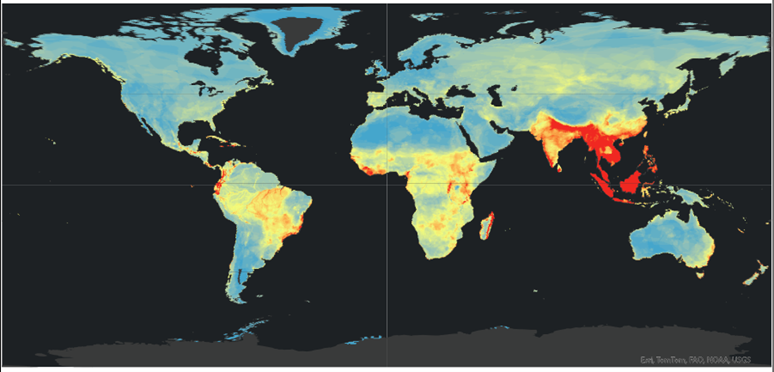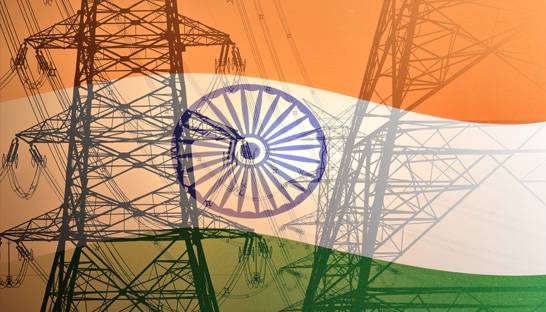Category: Sustainability in Making
-

Food systems have become a pivotal issue on the global agenda, highlighted by the United Nations’ Food Systems Summit in September 2021. Despite their centrality and long-standing regulation, these systems often produce negative outcomes and fail to address critical challenges like eradicating hunger and malnutrition, particularly in the Global South. According to the Food and…
-

Up to 65% of productive land in Africa is degraded, with 45% experiencing desertification. The Sahara-Sahelian zone is among the world’s regions most affected by desertification, land degradation, and climate change. It faces frequent droughts and rainfall variability, leaving its rainfed agriculture highly vulnerable. These environmental challenges are worsened by significant poverty and vulnerability among…
-

The leadership of Brazil to reverse the anticipated failure of SDG 2 – Achieving zero hunger Brazil’s President Lula recently announced the Global Alliance Against Hunger launch, scheduled to coincide with the G20 Leaders Summit, which he will preside over in November 2024. In his statement, Lula emphasised the importance of tackling hunger and poverty,…
-

The Common Agricultural Policy (CAP), established in 1962, is one of the European Union’s oldest and most significant policies. It is the leading policy for transitioning the EU’s agricultural sector. However, this transition has faced considerable challenges. CAP began incorporating environmental objectives in 1985, but its impact has been limited by political resistance from member…
-

Electric interconnection in South Asia: a major asset for sustainable power transition in the region
South Asia’s crucial need for improved electricity supply The electricity sector plays a critical role in the sustainable energy transition in South Asia. The region confronts significant challenges in ramping up electricity production to cater to the requirements of a rapidly expanding population and economy. Ensuring sufficient and high-quality power supply is imperative, and doing…
-

South Asia: fast developing power sector, high population density and high biodiversity South Asia is characterised by high power needs to support rapid growth, and the power sector is one of the most emitters in the area due to its high reliance on fossil fuels. In the context of climate change, the region committed…
-

The two challenges of the Indian power sector Access to affordable, reliable, sustainable, and modern energy is critical to basic human needs. Energy availability and quality are also vital for economic activities and national competitiveness. Over the past two decades, India has bridged the gap in electricity access, providing electricity to 730 million people, mainly…
